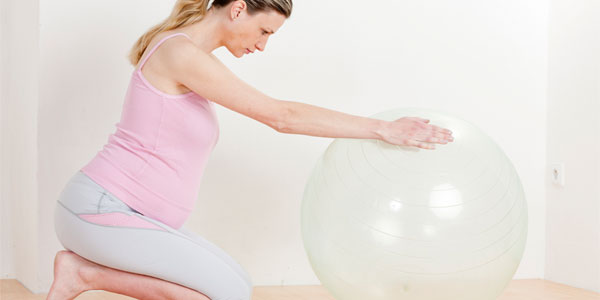Giving birth is one of the most exciting and personal events in your life. Whether you choose to use natural comfort measures or pain relief medications during childbirth, Sutter’s experienced labor and delivery teams offer caring support and guidance.










